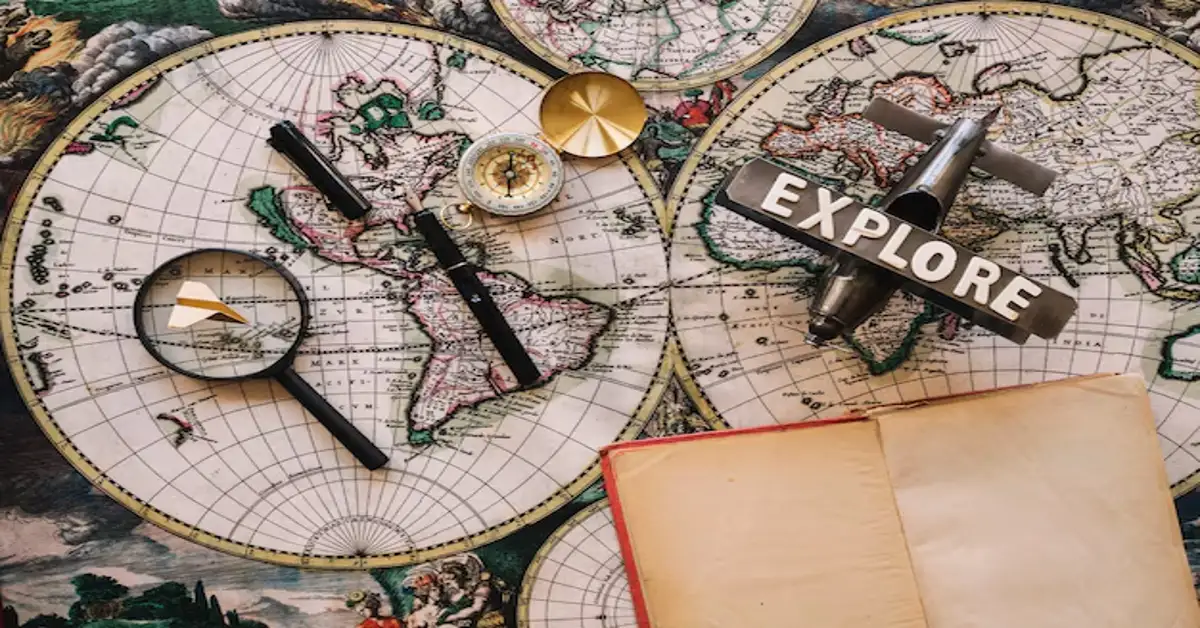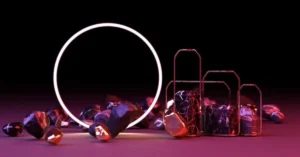J.R.R. Tolkien’s Middle earth is one of the most detailed and immersive fantasy worlds ever created. The Middle earth map is not just a backdrop for epic tales but a living, breathing world filled with diverse landscapes, rich histories, and legendary locations. From the peaceful Shire to the fiery depths of Mount Doom, every corner of this map plays a crucial role in The Lord of the Rings, The Hobbit, and other Tolkien works.
In this in-depth guide, we’ll explore the geography, regions, and significance of the Middle earth map, helping both fans and newcomers understand its depth and complexity.
The Origins of the Middle-earth Map
Tolkien was meticulous in world-building, creating detailed maps that helped him track the journeys of his characters. The first sketches of Middle earth appeared in the early drafts of The Hobbit and later evolved into the highly detailed maps seen in The Lord of the Rings.
Key Contributors to the Middle-earth Map:
- J.R.R. Tolkien – Hand-drew the original sketches.
- Christopher Tolkien – His son refined and published detailed maps.
- Pauline Baynes – Created the iconic illustrated map used in many publications.
These maps are more than just navigational tools; they serve as historical records of Tolkien’s world, detailing ancient cities, battle sites, and forgotten realms.
Major Regions of Middle-earth
Middle earth consists of diverse regions, each with its own culture, landscape, and significance in the story.
1. The Shire
- Home to the Hobbits.
- Located in Eriador, northwest of Middle earth.
- Peaceful, agricultural land, largely untouched by war.
2. Rivendell
- The refuge of the Elves, led by Elrond.
- A hidden valley sanctuary east of the Misty Mountains.
- Served as a resting place for Bilbo and Frodo during their journeys.
3. Mirkwood
- Once known as Greenwood the Great.
- Became a dark, dangerous forest due to the presence of Sauron (as the Necromancer).
- Home to giant spiders and the Woodland Realm of the Elves.
4. Rohan
- Also called the Riddermark.
- Known for its vast plains and horsemen, the Rohirrim.
- Its capital, Edoras, houses the Golden Hall of Meduseld.
5. Gondor
- One of the most powerful human kingdoms.
- Home to Minas Tirith, the White City.
- Defended against Sauron’s forces in the War of the Ring.
6. Mordor
- The dark land of Sauron.
- Home to Mount Doom and Barad-dûr.
- A barren, volcanic wasteland symbolizing ultimate evil.
The Role of Geography in Tolkien’s Stories
The Middle earth map is more than a visual reference—it plays an active role in storytelling. Geography dictates character journeys, determines battle strategies, and reflects deeper themes of good vs. evil.
For example:
- The Shire’s isolation represents innocence and peace.
- Mordor’s harsh terrain symbolizes corruption and destruction.
- The Misty Mountains serve as a natural barrier, shaping travel routes.
How the Map Evolved Over Time
Tolkien revised the Middle-earth map multiple times. Early versions were simpler, lacking key locations. Later editions added more details, improving geographical accuracy to support his expanding narrative.
Christopher Tolkien’s The History of Middle earth series provides insights into these changes, showing how geography and storytelling evolved together.
Understanding the Scale of Middle-earth
Many fans wonder: how big is Middle-earth?
- Based on Tolkien’s descriptions, it is roughly the size of Europe.
- The journey from The Shire to Mordor covers around 1,800 miles (2,900 km).
- Travel times vary based on terrain—e.g., crossing the Misty Mountains takes weeks.
This scale adds realism, making the world feel vast and lived-in.
Famous Journeys in Middle-earth
Many iconic journeys take place across Middle earth:
1. The Quest of the Ring (Frodo & Sam)
- Route: The Shire → Rivendell → Rohan → Mordor.
- Covers 1,800 miles over several months.
2. Thorin’s Company (The Hobbit)
- Route: The Shire → Rivendell → Mirkwood → Erebor.
- Includes encounters with trolls, goblins, and Smaug.
3. The Ride of the Rohirrim
- Route: Rohan → Gondor.
- A critical moment in The Return of the King.
Final Thoughts
The Middle-earth map is an essential part of Tolkien’s world-building, shaping the epic journeys and histories of The Lord of the Rings and The Hobbit. Its landscapes, regions, and legends create a rich, immersive fantasy setting that continues to captivate readers and movie fans alike.
If you love Tolkien’s world, studying the Middle-earth map deepens your appreciation for its stories. Share this guide with fellow fans and embark on your own adventure through Middle-earth!
Frequently Asked Questions (FAQs)
1. Is Middle-earth based on real geography?
Yes, Tolkien was inspired by real-world locations, particularly Europe. The Shire resembles rural England, while Mordor reflects volcanic landscapes.
2. How accurate are Tolkien’s maps?
Tolkien’s maps are internally consistent, though they evolved over time. Later editions refined distances and details.
3. Who created the modern versions of Middle-earth maps?
Christopher Tolkien and artists like Pauline Baynes contributed detailed versions used in books and adaptations.
4. Can you visit real-world locations similar to Middle-earth?
Yes! New Zealand, used for the films, offers landscapes resembling Middle-earth.
5. Are there hidden locations on the Middle-earth map?
Yes, places like Undying Lands and Valinor are part of Tolkien’s legendarium but aren’t always depicted on standard maps.









